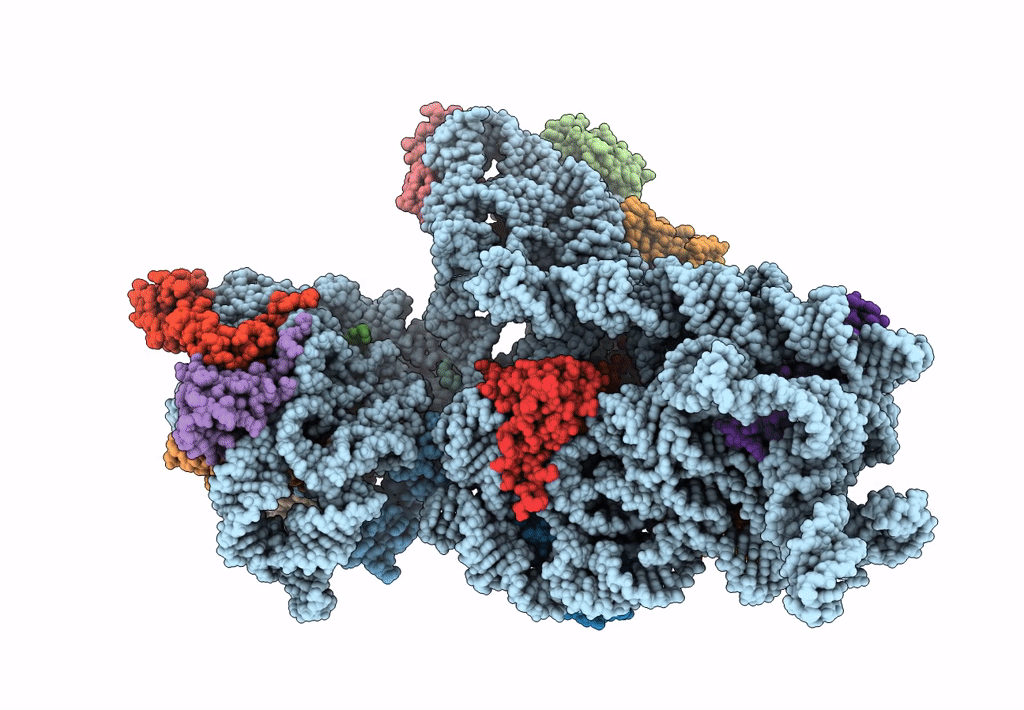
Deposition Date
2022-10-28
Release Date
2023-09-06
Last Version Date
2025-05-21
Method Details:
Experimental Method:
Resolution:
3.30 Å
Aggregation State:
PARTICLE
Reconstruction Method:
SINGLE PARTICLE


